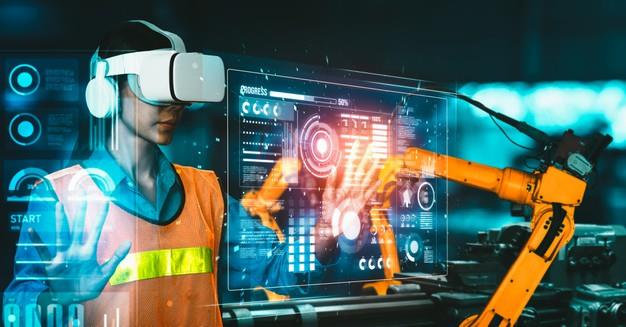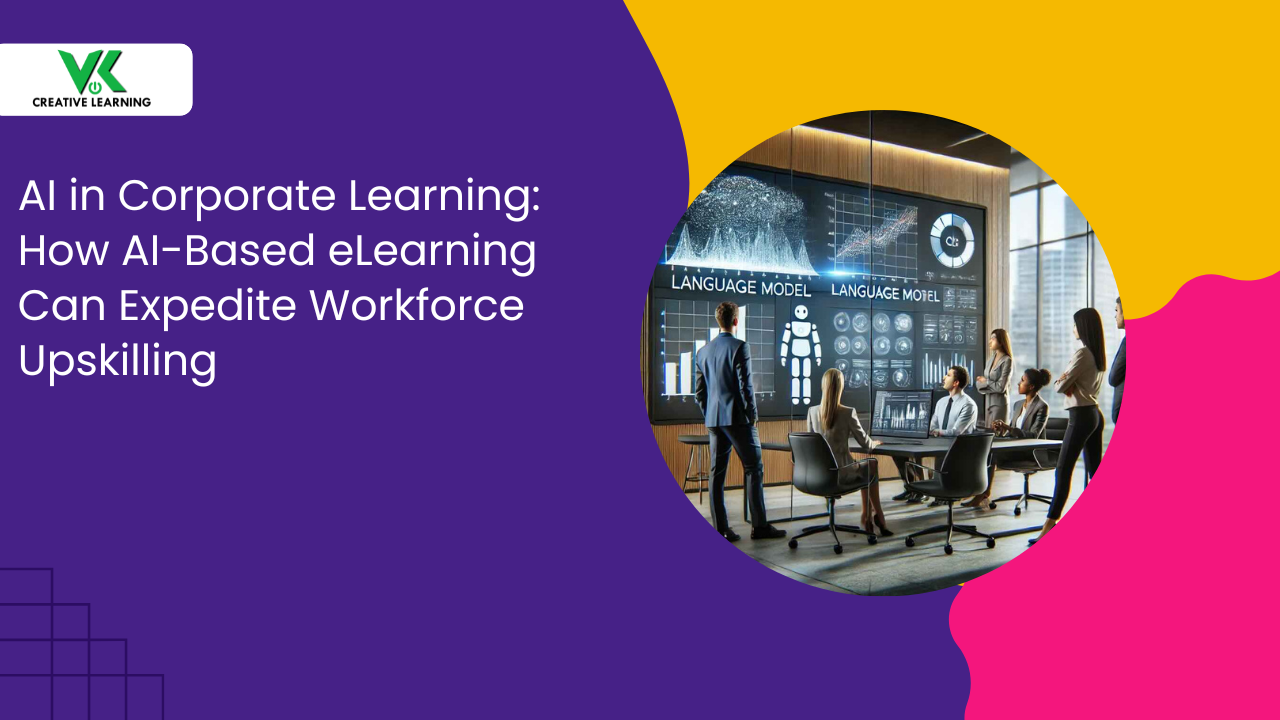Utilization of AR and MR E-Learning Solutions in Industrial Application
August 10, 2021
The usefulness and acceptance of Augmented Reality and Virtual Reality solutions have grown in the past few years. More and more businesses are using these incredible immersive experiences in their daily operations. The market for augmented and virtual reality is projected to reach a value of 209.2 billion dollars in 2022.
According to the research report, many large-enterprise companies will explore and deploy AR, VR, and MR technologies in the coming years.
According to one study, the worldwide mixed reality market is expected to reach $5,362.1 million by 2024. It would expand at a CAGR of 71.6 percent from 2018 to 2024.
Let's break it down in simple terms:
Augmented Reality (AR): Augmented reality involves the use of a digital element in real-time views using handheld devices.
Mixed Reality (MR): It combines the real and virtual worlds to produce a visual representation. The physical and digital components interact and respond to one another.
Industry Applications of Augmented Reality, Virtual Reality, and Mixed Reality:
Virtual reality technology continues to dominate computer gaming. As HMDs get more advanced, these games will continue to develop and provide a powerfully engaging experience for the user. When it comes to boosting industrial productivity, however, AR and MR are unrivaled. Instead of VR, which captivates the user in a completely simulated environment, AR and MR are the most widely used e-learning technologies in the industry.
How AR/MR e-learning courseware is implemented in various industries?
Industrial e-learning training for hazardous conditions: Various industries can make the best use of AR technology. The industry can enable you to virtually select the outfit based on your industrial work. Wearing the industrial outfit, they can be sent to an industrial virtual environment and work in hazardous conditions. This way the newcomers can be trained without risking their life. Imagine this being done without having the workforce to enter the dangerous conditions - that is AR at work.
Automobile: AR/MR e-learning solutions have a wide range of applications in the automotive sector. AR / MR technology is utilized to show a consumer the finer features of a car in a virtual environment. AR instructions and guides may replace tiresome manuals. Also, the workforce automotive engineers could understand the production and maintenance process of automobiles more effectively and quickly. AR is used by the design and prototype team to speed up the development process. These are just a few examples of how AR/MR technology is assisting in the transformation of the automotive sector.
Manufacturers may decrease development time and speed-to-market by integrating sophisticated AR devices. This includes modern image recognition technologies, Internet of Things (IoT) devices, Big Data, and artificial intelligence (AI).
Aerospace and Defense: Augmented reality systems offer the benefit of integrating computer dependability with the human element. E-learning solutions contain flight simulators. They are used to train pilots for both commercial and military aircraft, based on immersive AR/VR technology. Furthermore, AR improves the ability to create new equipment and speeds up the prototyping and development process. While the aircraft is still on the ground, ramp handling is a collection of services performed by specialist personnel. The ramp handling employees would be trained to read unique QR codes put on cargo containers using AR e-learning solutions. This would greatly speed up the loading procedure.




